Autism Brain Imaging Data Exchange (ABIDE)
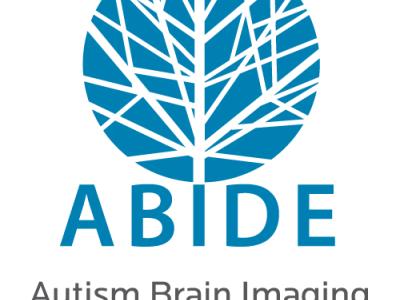
- Citation Author(s):
-
Adriana Di MartinoStewart Mostofsky
- Submitted by:
- Annie Adhikary
- Last updated:
- DOI:
- 10.21227/y3v9-b041
- Data Format:
- Research Article Link:
- Links:
 2010 views
2010 views
- Categories:
- Keywords:
Abstract
Autism spectrum disorder (ASD) is characterized by qualitative impairment in social reciprocity, and by repetitive, restricted, and stereotyped behaviors/interests. Previously considered rare, ASD is now recognized to occur in more than 1% of children. Despite continuing research advances, their pace and clinical impact have not kept up with the urgency to identify ways of determining the diagnosis at earlier ages, selecting optimal treatments, and predicting outcomes. For the most part this is due to the complexity and heterogeneity of ASD. To face these challenges, large-scale samples are essential, but single laboratories cannot obtain sufficiently large datasets to reveal the brain mechanisms underlying ASD. In response, the Autism Brain Imaging Data Exchange (ABIDE) initiative has aggregated functional and structural brain imaging data collected from laboratories around the world to accelerate our understanding of the neural bases of autism. With the ultimate goal of facilitating discovery science and comparisons across samples, the ABIDE initiative now includes two large-scale collections: ABIDE I and ABIDE II. Each collection was created through the aggregation of datasets independently collected across more than 24 international brain imaging laboratories and are being made available to investigators throughout the world, consistent with open science principles, such as those at the core of the International Neuroimaging Data-sharing Initiative. For details about these initiatives visit the collection specific pages: ABIDE I and ABIDE II.
Instructions:
Click here for database access instructions.
- ABIDE I
Phenotypic data
Imaging data
See individual site profiles to the right for MRI protocol information and imaging files available for download through NITRC.
If you have questions about ABIDE or encounter technical difficulties, please visit the INDI forums.
- ABIDE II
Phenotypic data
- ABIDE II Composite Phenotypic File
- ABIDE II - Longitudinal Composite Phenotypic File
- ABIDE II Phenotypic Data Legend
Imaging data
See individual site profiles to the right for MRI protocol information and imaging files available for download.
If you have questions about ABIDE or encounter technical difficulties, please visit the INDI forums.


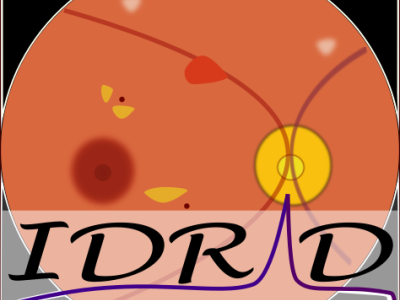
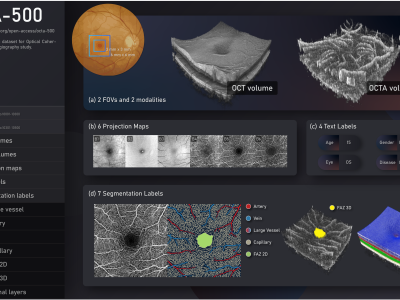

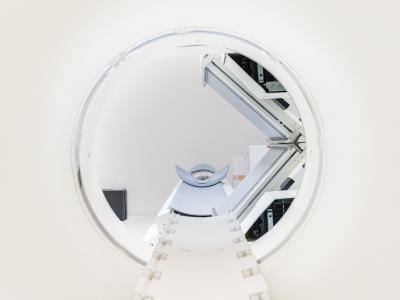
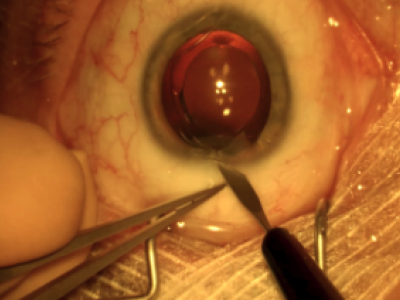


,